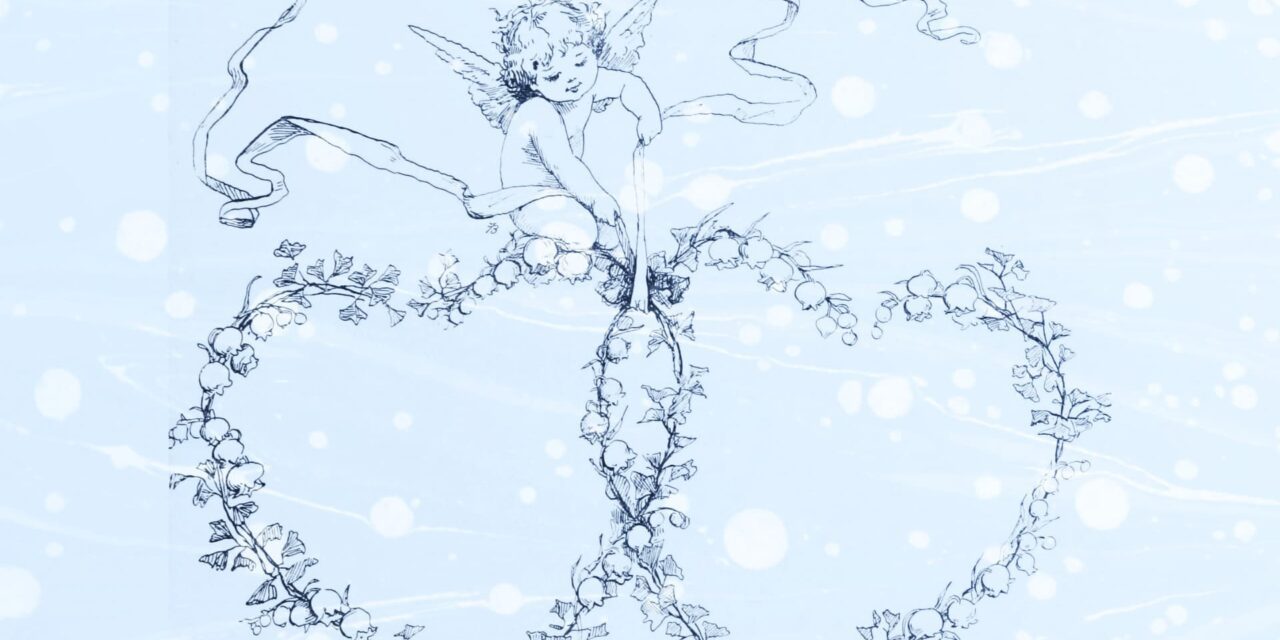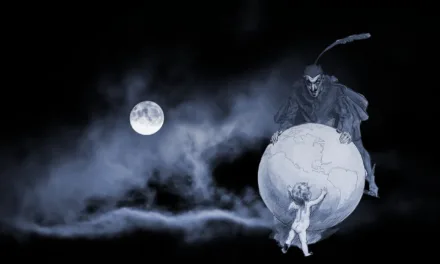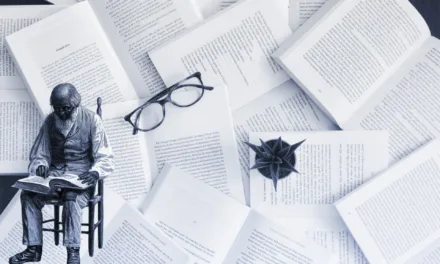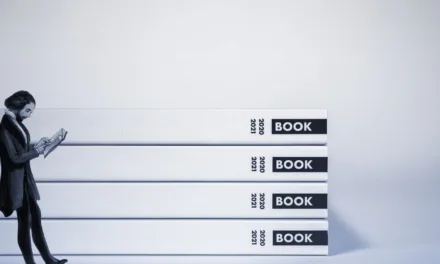
How do you write a slow burn romance?

“Do you have any tips for writing a slowburn romance?”
For any writers who enjoy the act of writing romances, we know that feeling of wanting to finally see our characters’ lips meet in that earth-shattering, star-aligning kiss. For some, sparks will fly immediately, but there is something so achingly satisfying about the tantalizing, exquisite torture of a slow-burn romance.
Mastering the slow burn isn’t just about slapping a “delayed gratification” sticker on your plot and calling it a day. It’s about choreographing a love story that unfolds with the grace and tension of a dance, each step building towards a satisfying finale. It’s about kindling a flame with lingering gazes across crowded rooms, accidental brushes of skin that send shivers down spines, and heart-to-hearts that reveal vulnerabilities and forge unbreakable bonds.
What is a slow burn romance?
A slow burn romance is a type of romance plot characterised by a gradual, organic development of feelings between characters. Unlike whirlwind romances or love-at-first-sight scenarios, slow-burn romances allow for a more in-depth exploration of characters’ emotions, insecurities, and personal growth.
This approach often involves a prolonged period of tension and anticipation, where the characters’ attraction simmers beneath the surface before finally coming to a boil. A slow burn romance allows readers to become deeply invested in the characters’ relationship, experiencing every moment of longing, doubt, and eventual realisation alongside them. It’s a delicate balance of push and pull, creating a rich tapestry of emotions that keeps readers eagerly turning pages, desperate to see the culmination of the characters’ romantic arc.
The critical elements of a slow burn romance
Character chemistry
The foundation of any thrilling slow burn romance is the undeniable chemistry between the characters. This doesn’t necessarily mean instant attraction, but rather a spark of connection that grows over time. It’s the way they challenge each other, complement each other’s strengths and weaknesses, and find themselves drawn together despite any obstacles.
A developing relationship
The slow burn romance thrives on the gradual evolution of the characters’ relationship. This development should be organic and believable, with each interaction deepening their connection. This slow progression allows readers to witness the characters falling in love in real time, making the eventual romantic payoff all the more satisfying.
The build-up of romantic tension
Romantic tension is the lifeblood of a slow burn romance. It’s the electric current that runs through every interaction, every shared glance, and every near-miss moment. This tension can be built through lingering touches, heated arguments, moments of vulnerability, situations that force characters into close proximity, and misunderstandings that create emotional distance while deepening desire.
The moment of realisation
In a slow burn romance, the moment when characters finally acknowledge their feelings is pivotal. This realization often comes after a series of events that force them to confront their emotions. This epiphany should feel earned and inevitable, the natural culmination of their journey together.
Popular slow burn romance tropes
Incorporating well-known tropes can help structure your slow burn romance and create familiar patterns that readers enjoy. These tropes provide a framework for building tension and developing the relationship gradually, creating obstacles, internal conflicts, or situations that force characters to confront their growing feelings.
Friends-to-Lovers
In this trope, characters start as friends, and their relationship gradually develops into a romantic one. This allows for a strong foundation of trust and understanding before romantic feelings emerge.
Enemies-to-Lovers
Characters initially dislike or have conflicts with each other, but over time, their feelings transform into love. This creates an exciting dynamic of tension and attraction.
Forbidden Love
Characters face obstacles or societal boundaries that prevent them from being together. This adds an element of conflict and heightens the anticipation of their eventual union.
Second Chance Romance
Characters have a history together, and their paths cross again, giving them a chance to rekindle their feelings. This allows for the exploration of past regrets and personal growth.
Opposites Attract
Characters have contrasting personalities or backgrounds, leading to initial friction but eventually finding common ground. This creates opportunities for character development and compromise.
Workplace Romance
Characters work together and initially keep their feelings hidden due to professional boundaries. This setting provides natural opportunities for interaction and tension.
How to write a slow burn
Now that we’ve explored the key elements of slow burn romance, let’s dive into some specific tips for writing this type of relationship:
1. Establish a strong foundation
Begin by developing well-rounded characters with clear goals, motivations, and flaws. This will make their journey towards love more believable and engaging. Create a backstory for each character that influences their approach to relationships. This history will inform their interactions and provide depth to their emotional journey.
2. Create obstacles
Introduce internal and external obstacles that keep the characters apart. These could be personal fears, misunderstandings, or external circumstances that prevent them from acting on their feelings. These obstacles create tension and conflict, driving the narrative forward while delaying the romantic resolution. Ensure that the barriers feel authentic and not contrived, as readers will quickly lose interest if the obstacles seem forced or unrealistic.
3. Build tension gradually
Layer small moments of intimacy and connection throughout your story. These can be subtle gestures, shared experiences, or meaningful conversations that deepen the characters’ bond. Use these moments to showcase the growing attraction and emotional connection between the characters, even if they’re not yet ready to acknowledge their feelings.
4. Use subtext
Not everything needs to be explicitly stated. Use subtext in dialogue and actions to hint at deeper feelings, allowing readers to read between the lines. This creates a sense of anticipation and allows readers to engage more deeply with the story. Use body language, facial expressions, and internal thoughts to convey unspoken emotions and desires and trust your readers to understand what you’re putting down.
5. Incorporate pivotal moments
Create key scenes that mark significant shifts in the characters’ relationship. These could be moments of vulnerability, shared triumphs, or near-misses that leave both characters (and readers) wanting more. These pivotal moments should intensify the emotional connection and romantic tension between the characters, pushing them closer to acknowledging their feelings.
6. Balance frustration and satisfaction
While the slow burn should create anticipation, be sure to provide moments of satisfaction along the way to keep readers engaged. These could be small victories or tender moments that hint at the potential for a deeper relationship.
7. Develop individual character arcs
Ensure that each character has their own growth arc alongside the developing romance. This personal development adds depth to the story and makes the eventual union more meaningful. As characters overcome their individual challenges, they become more ready for a committed relationship.
8. Use secondary characters wisely
Secondary characters can serve as confidants, obstacles, or catalysts in the developing romance. Use them to provide outside perspectives and to move the plot forward. Friends or family members can offer advice, push the main characters together, or create misunderstandings that add tension to the relationship. Be careful not to let secondary characters overshadow the main romance, but use them strategically to enhance the story.
9. Maintain consistent pacing
While the romance should develop slowly, ensure that the overall story maintains a steady pace. Balance romantic moments with plot developments, character growth, and other story elements to keep readers engaged throughout. Avoid long stretches without any romantic progression, as this can cause readers to lose interest.
10. Deliver a satisfying payoff
After all the buildup, ensure that the eventual coming together of the characters feels earned and satisfying. This doesn’t always mean a happily ever after, especially if you’re not specifically writing within the romance genre, but it should provide emotional resolution for the readers.
Writing a slow burn romance requires patience, careful character development, and a keen understanding of human emotions. By focusing on gradual development, creating believable characters, and building tension over time, you can write a slow burn romance that will keep readers emotionally invested in your characters.






























